SQLite LIMIT Clause
The SQLite LIMIT clause limits the number of rows the SELECT statement returns. This is useful when we query a large table.
Database
The SQLite LIMIT clause limits the number of rows the SELECT statement returns. This is useful when we query a large table.
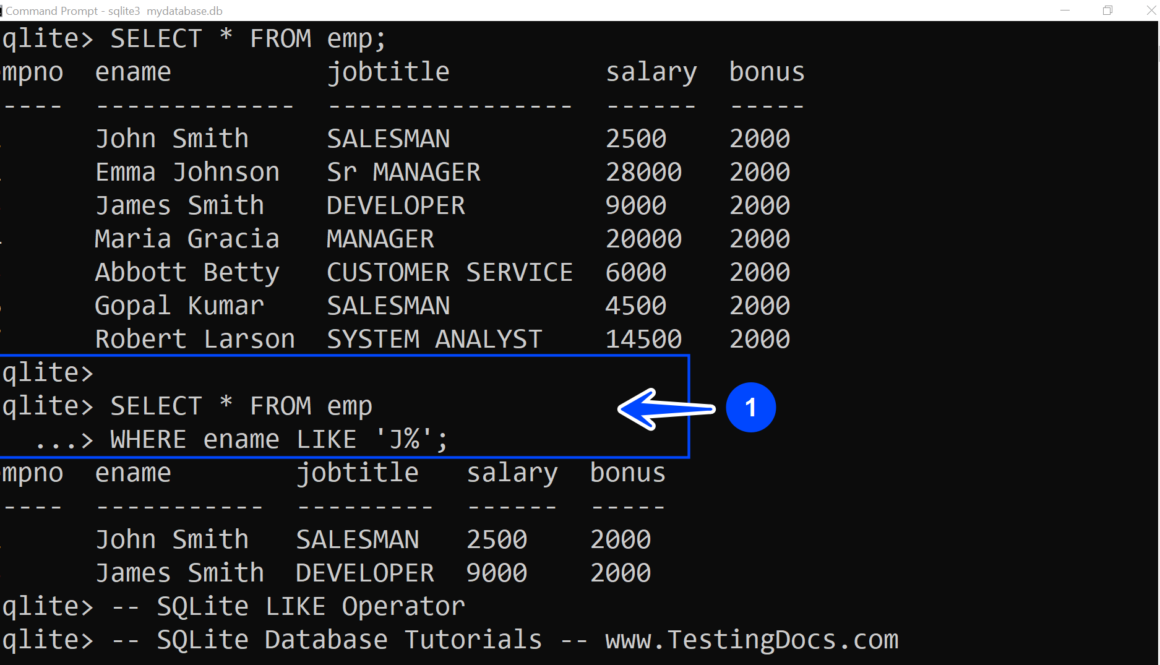
The SQLite LIKE operator matches text values against a pattern using wildcards. This operator can be used to filter the rows based on patterns.
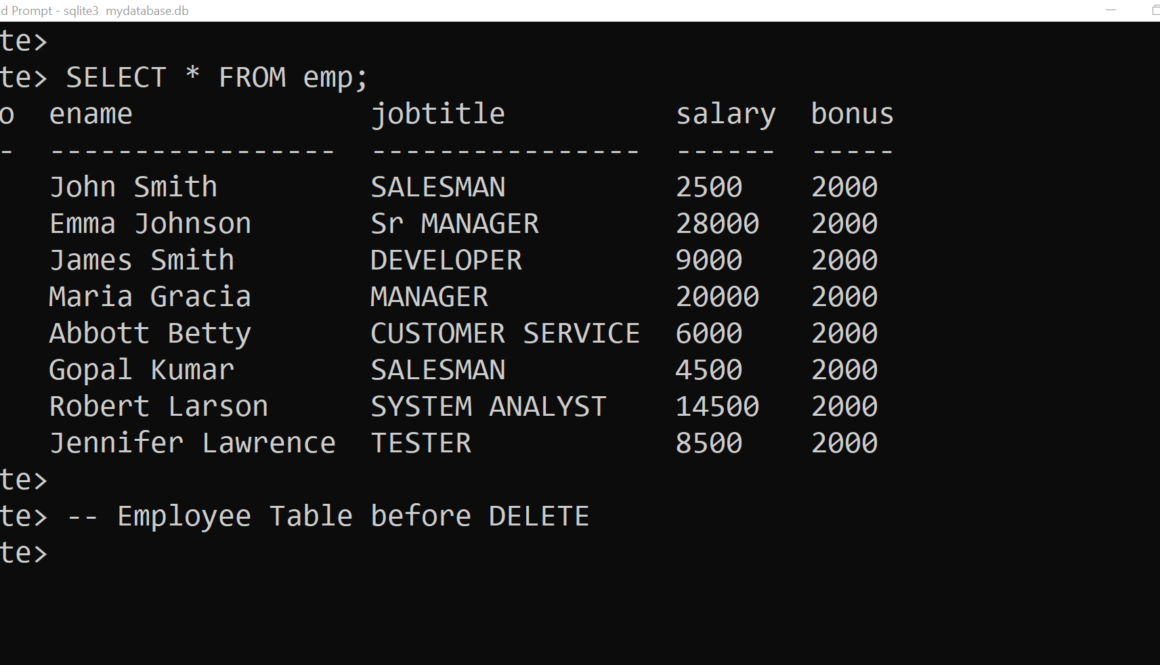
In this tutorial, we will learn about the SQLite DELETE Statement. The DELETE statement is used to delete the existing records from the database table. We can use the WHERE clause to delete selected rows.
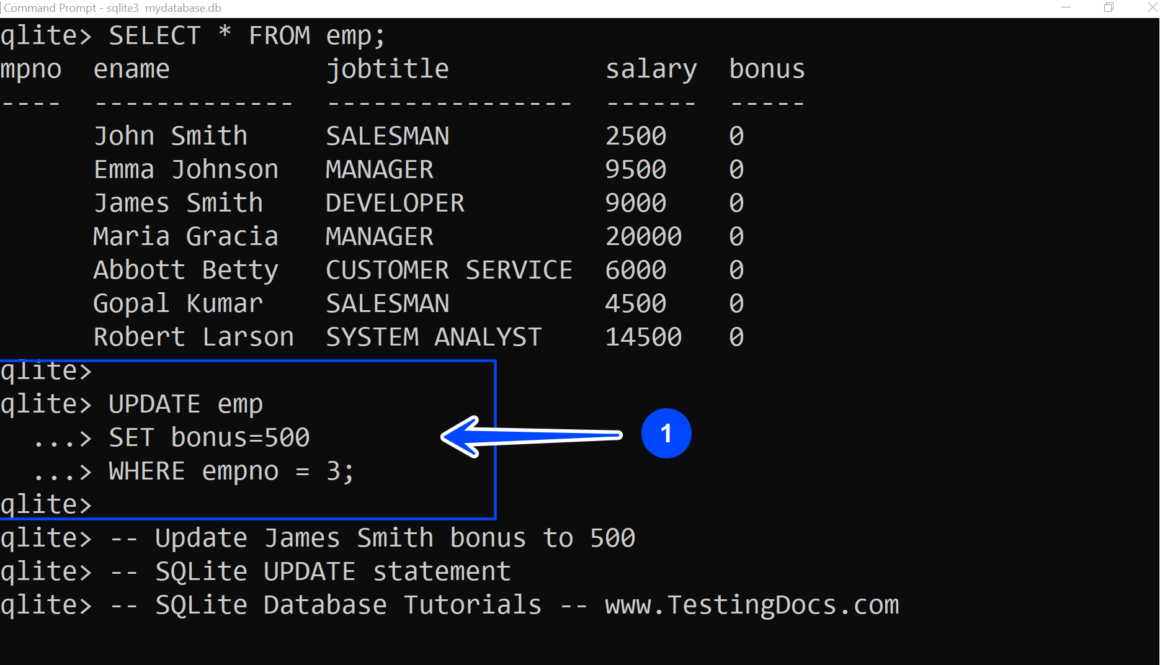
The SQLite UPDATE Statement is used to modify the existing data in a table. We can use the WHERE clause to identify the row(s) and update the respective columns with new data.
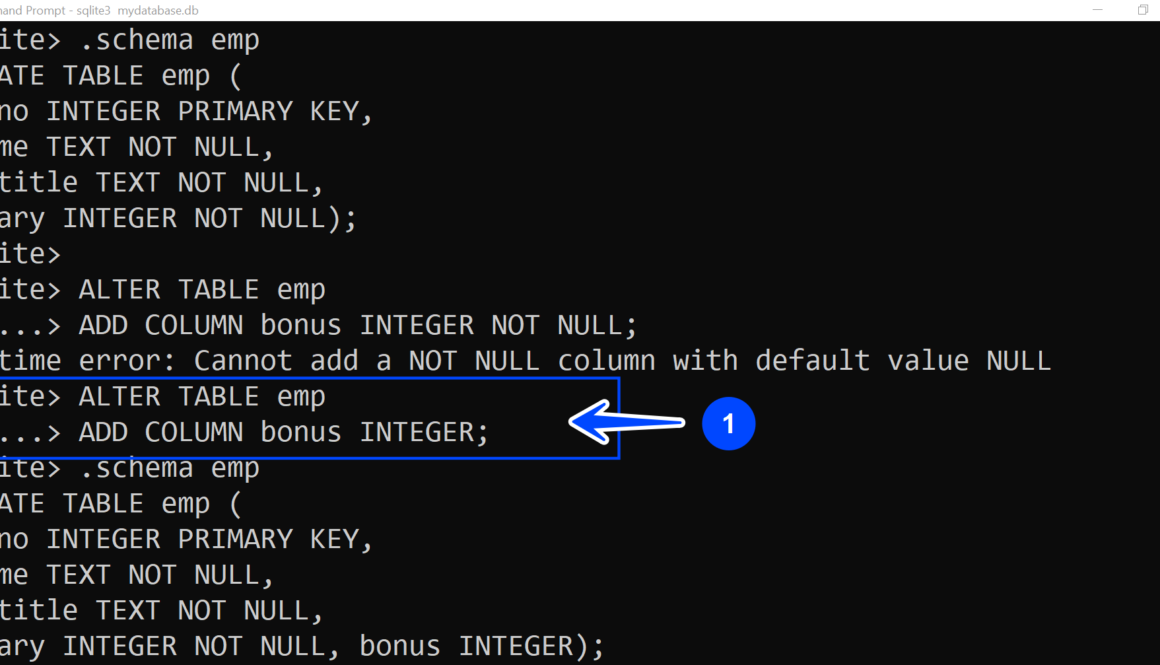
The SQLite ALTER TABLE statement is used to modify an existing database table. We can use this statement to add, modify or drop columns.
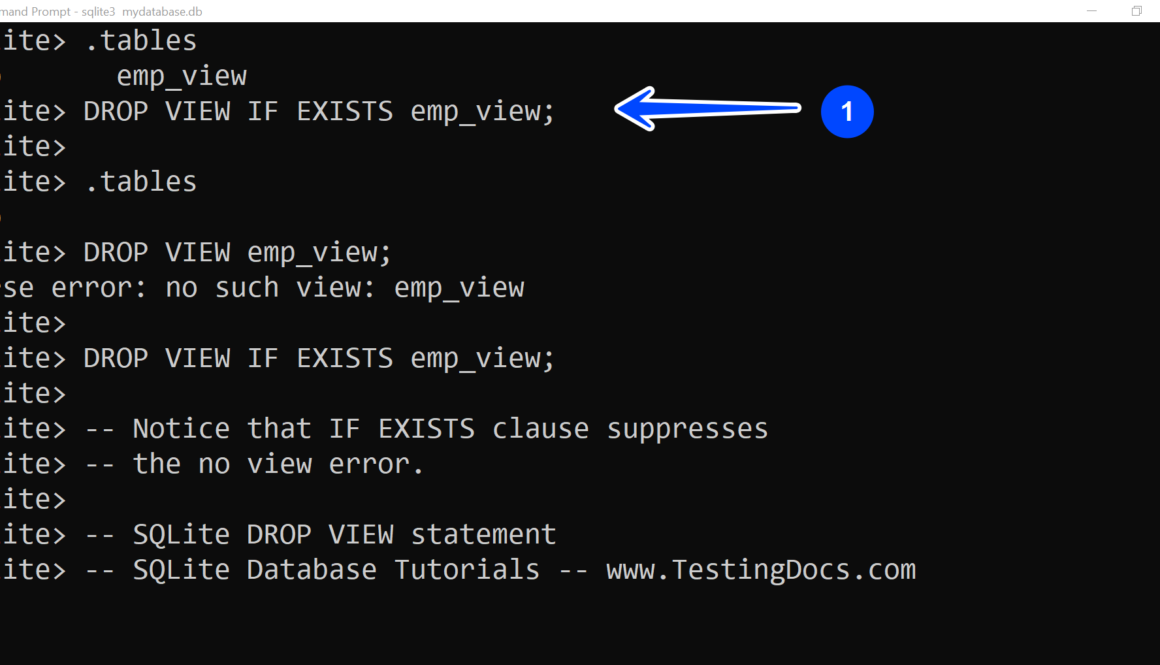
The SQLite DROP VIEW statement removes the view from the database. Please exercise caution when using this statement, as it will remove the view